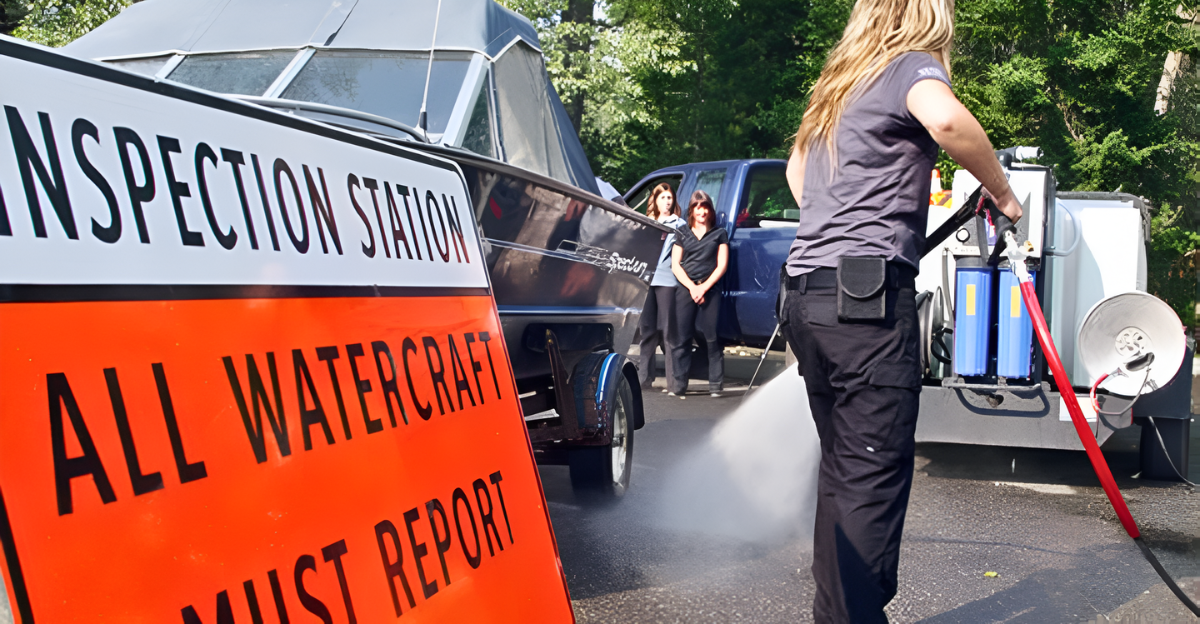
It was October 2024 when a previously unknown , alien species was found in the waters of the Port of Stockton, California. Golden mussels, roughly the thickness of a paperclip and with caramel-colored shells, were found attached to buoys and monitoring gear in the Sacramento-San Joaquin Delta.
These seemingly benign creatures have since been discovered inhabiting other bodies of water, such as O’Neill Forebay near Los Banos. What began as an unseen discovery has sparked a frenzied response from authorities in California, who are now in a race against time to stop the further invasion of the mussels.
Capable of disrupting local ecosystems, farming, and even sources of drinking water, this invasive species is an incalculable threat. Continue reading as we further explore the crisis and efforts being made to contain it.
Background of the Golden Mussel
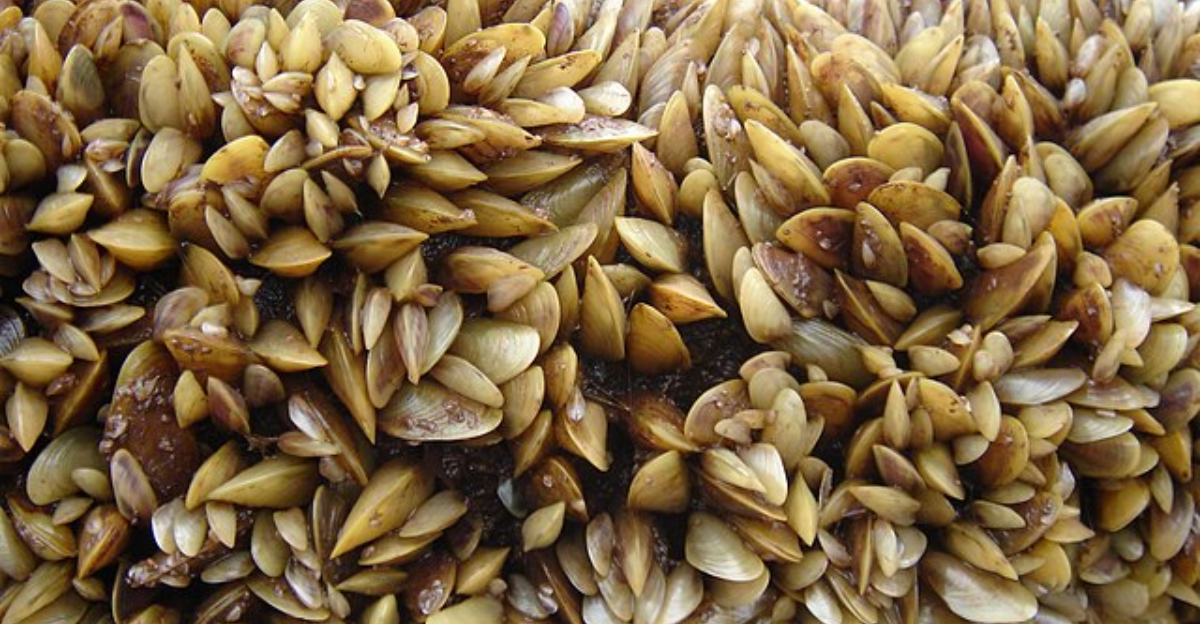
The golden mussel (Limnoperna fortunei) is a freshwater alien species indigenous to East and Southeast Asia, China, and surrounding areas. Discovered outside their native region in South America for the first time in the 1990s, it has now spread to other parts of the globe.
Experts believe that the mussels likely got to California because ballast water flushed off ships and traveled to international ports. This method of transportation is one of the primary vectors of aquatic invasive species. The golden mussels breed rapidly when they reach new waters and form dense colonies.
Their filter-feeding ability, which allows them to filter vast amounts of water, makes them more effective than native animals, resulting in widespread ecological imbalances. California is now confronted with the challenge of controlling this potentially catastrophic invader.
Why These Tiny Mussels Pose a Massive Threat
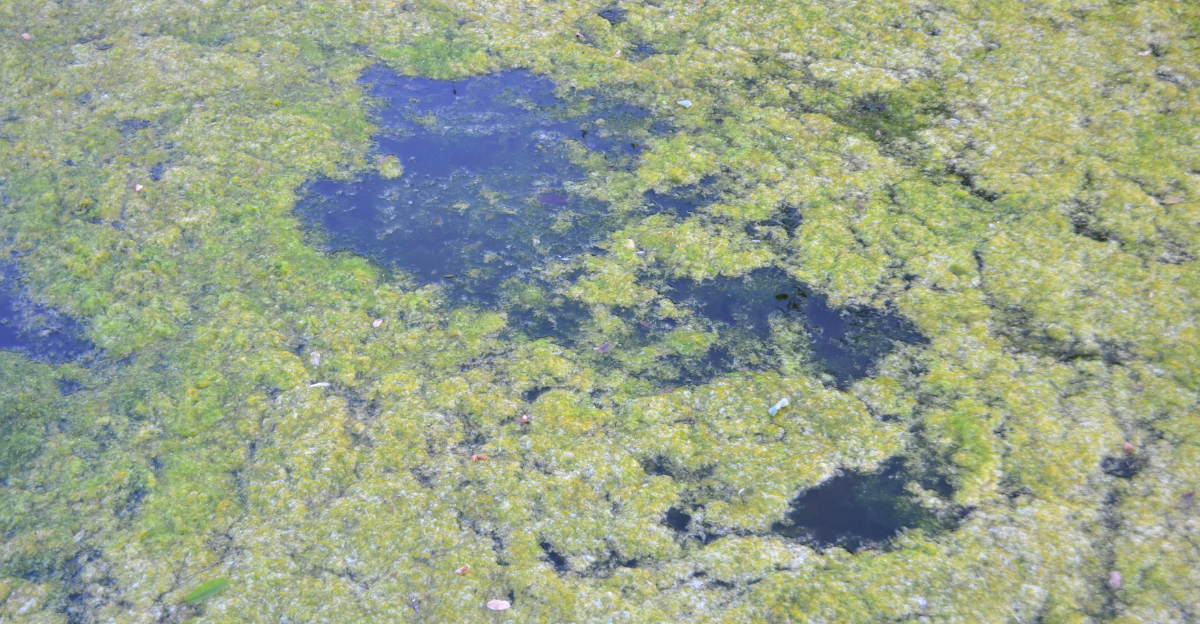
Golden mussels may be paperclip-sized, but their ability to form dense colonies makes them especially dangerous. These filter-feeding invaders clog pipes, harm motors, and outcompete native species. Originally from Asia, they’ve already caused ecological and economic havoc across South America since arriving there in the 1990s.
Water Infrastructure Threat
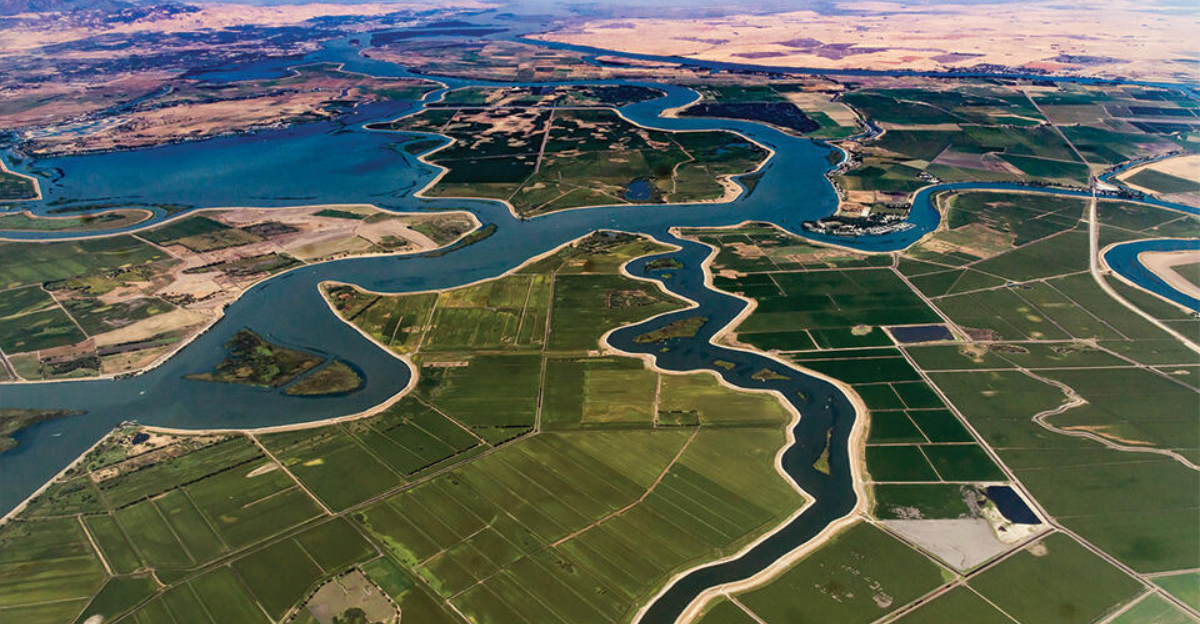
Not only are the golden mussels an ecological threat, but these tiny but mighty mussels are also a grave threat to California’s water infrastructure. The golden mussels develop in heavy, hard-to-trim clumps that block pipes, obstruct water flow, and render water treatment plants inoperable.
How Golden Mussels Take Over
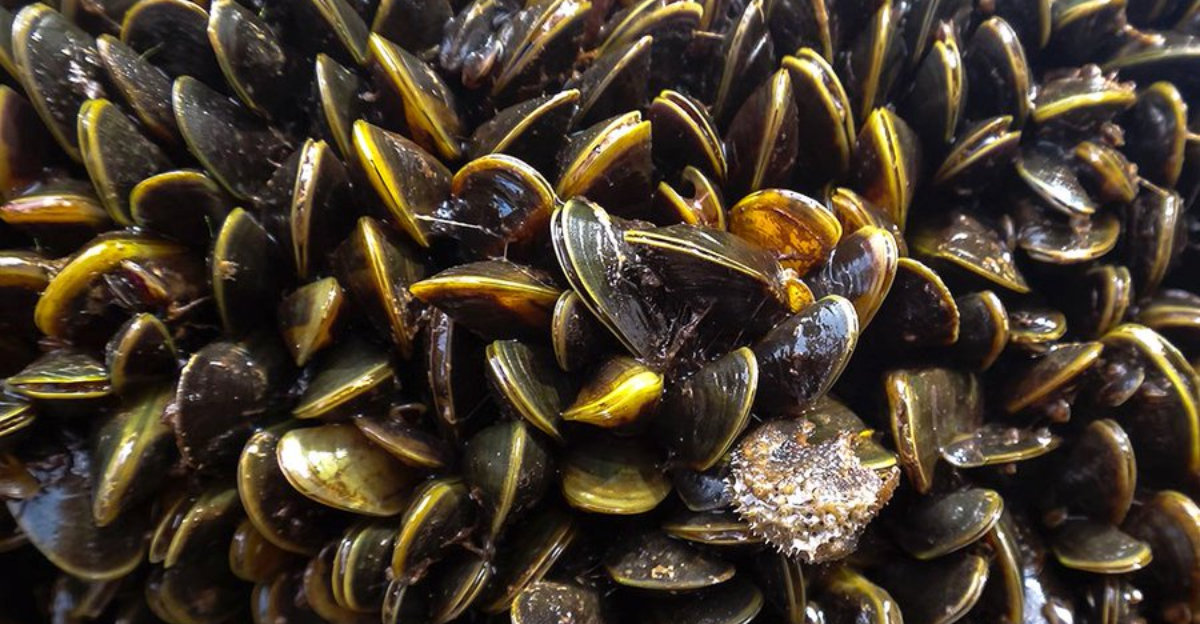
Golden mussels spread with astonishing speed. Just one female can produce millions of larvae annually, and the sticky byssal threads they produce allow them to latch onto nearly any surface—pipes, boats, docks, or rocks. Within months, a handful can become thousands. This rapid growth gives them a major advantage over native species, allowing them to dominate new environments before they’re even noticed.
The Drinking Water Crisis No One Saw Coming
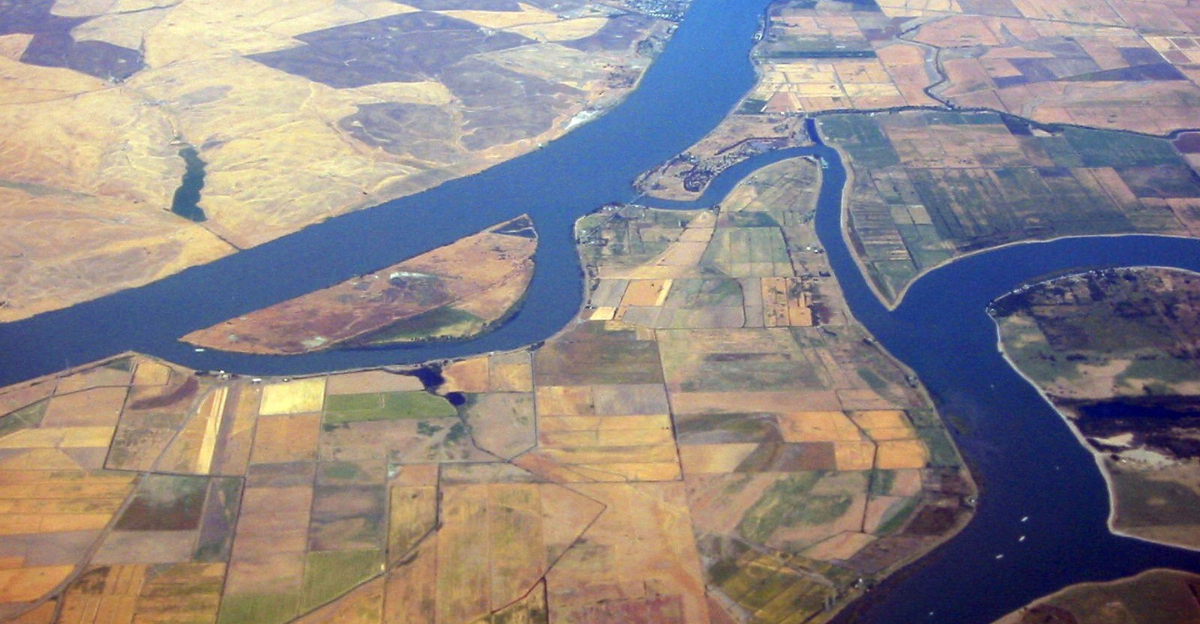
California’s water infrastructure now faces a serious threat. Golden mussels jeopardize the delivery system that supplies drinking water to two-thirds of the state. As they spread through the San Joaquin Delta, ongoing removal efforts will be necessary to avoid major disruptions and costly infrastructure failures.
Massive Costs for Infrastructure Repairs
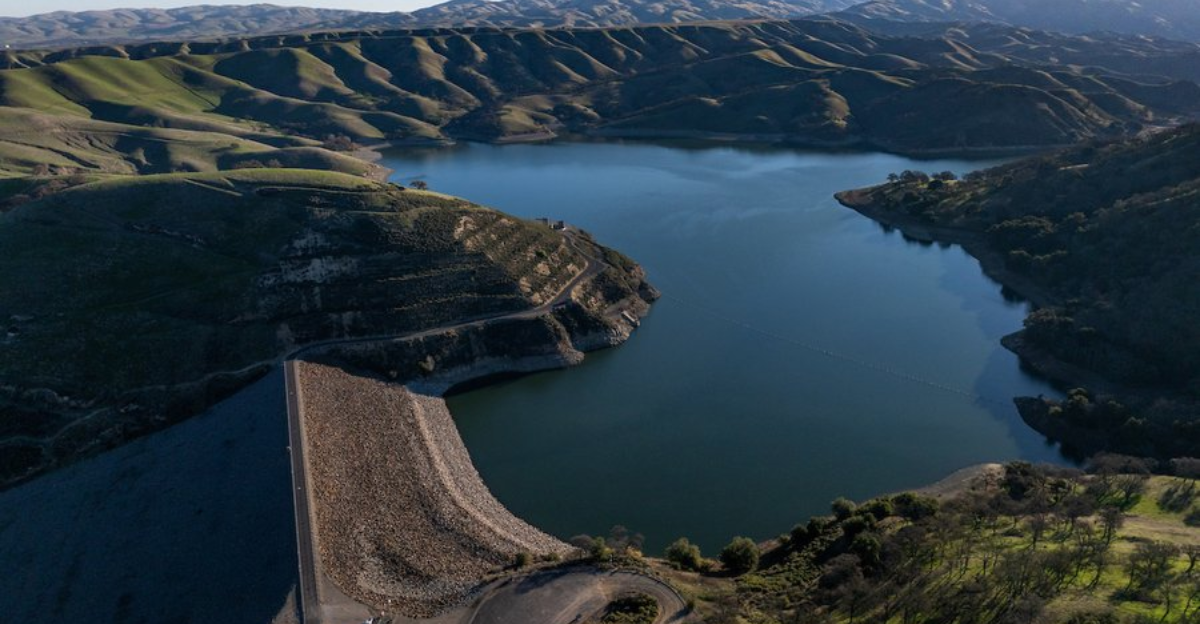
Golden mussels attach to metal, concrete, and plastic alike—making them especially destructive in man-made systems. Removing them isn’t easy. Infected infrastructure often requires chemical treatments, high-pressure washing, or even full replacements. Annual costs for mussel removal and damage repair can soar into the millions. For cities, farmers, and energy providers, this isn’t just a nuisance—it’s a long-term financial burden with no easy fix.
Boating and Recreation in Jeopardy

California’s lakes and reservoirs are more than scenic—they’re vital for recreation. But golden mussels threaten to shut them down. Infested sites may see boating bans, beach closures, or strict inspection rules. Quarantines now prevent trailered boats from moving freely between lakes. Mussels not only attach to boat hulls—they sneak into bilges, motors, and bait wells, turning every vessel into a potential vector for spread.
How Mussels Hitch a Ride
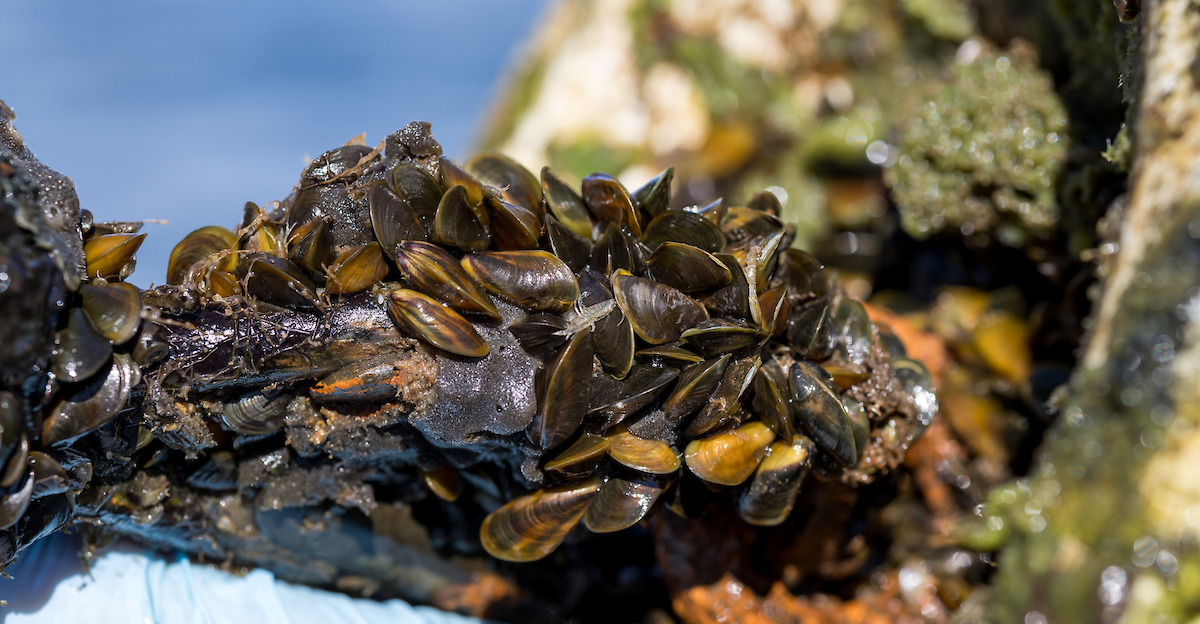
Ballast water from international ships remains the primary vector for initial invasions. But once golden mussels are in a region, they spread locally by hitchhiking on boats, fishing gear, and even wetsuits. Their microscopic larvae can float undetected in water tanks or live wells. This makes containment tricky—because even a single contaminated kayak or trailer could introduce the species to a new lake.
Agriculture Faces Collateral Damage
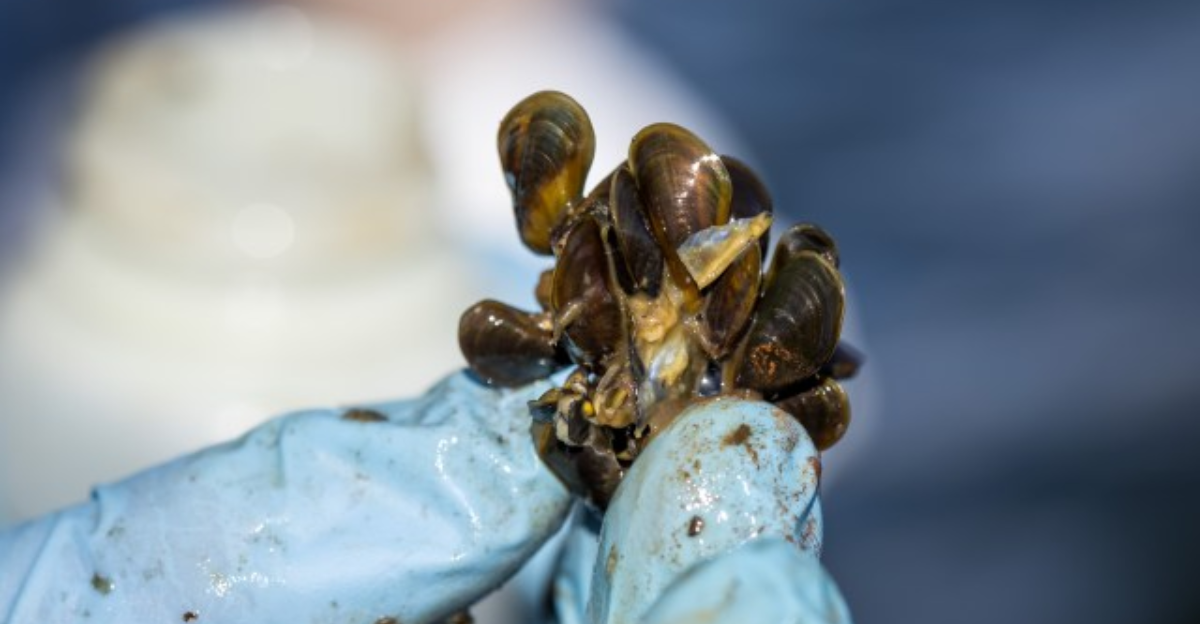
Farmers who rely on canal and reservoir water face serious challenges if mussels infiltrate irrigation systems. Clogged pipes slow or stop water delivery. Invasive growth can affect water pressure and flow, leading to reduced yields and added expenses.
On top of that, degraded water quality may require more filtering or treatment. For California’s massive agricultural sector, golden mussels represent an invisible but costly threat.
CDFW Steps Up to Contain the Crisis
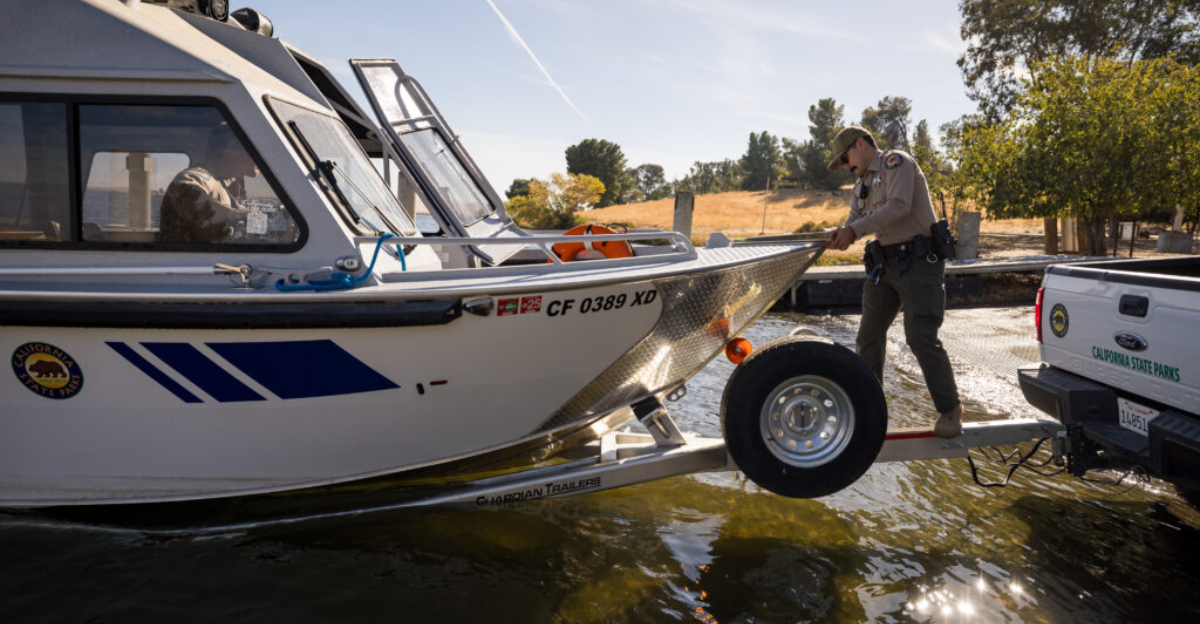
In response to the invasion, California’s Department of Fish and Wildlife (CDFW) rolled out an emergency plan. Over $1 million in grants now help reservoir operators boost their inspection and decontamination efforts.
New regulations limit water access at peak sites. Public outreach campaigns aim to educate recreational users. From boating restrictions to scientific monitoring, the agency is launching every possible defense to stop further spread.
Boating Quarantines Tighten Across the State
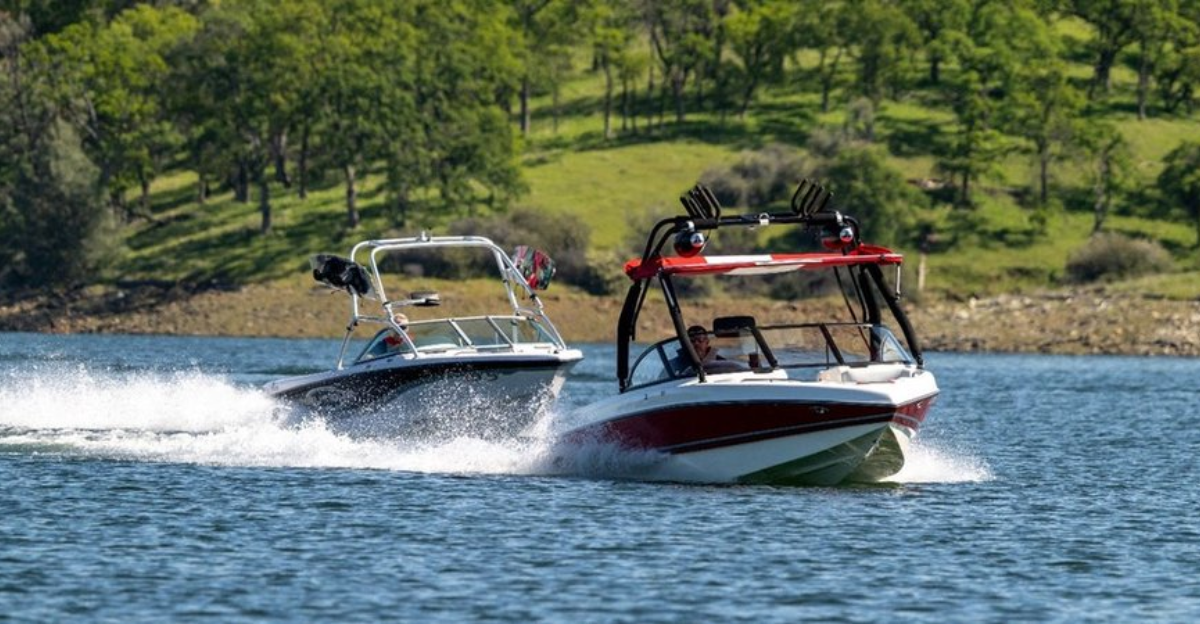
Strict quarantine rules are now in place at several popular lakes. Folsom Lake and Lake Clementine are now closed bar all powered and trailered boats. Others, like Lake Berryessa, require hot water decontamination before entry.
Officials hope these measures will isolate known infestations and protect mussel-free lakes. But enforcement is complex—and not everyone is happy about the new boating limitations.
Scent-Sniffing Dogs Join the Fight

Golden mussels are tiny, but they leave behind a scent signature that specially trained dogs can detect. The CDFW has deployed K-9 units to sniff out early infestations before they become widespread.
These four-legged inspectors help spot contaminated gear, boats, and docks quickly. It’s a surprising but effective tactic in a growing arsenal of tools used to stop the mussel from advancing further.
What Makes Golden Mussels So Hard to Kill?
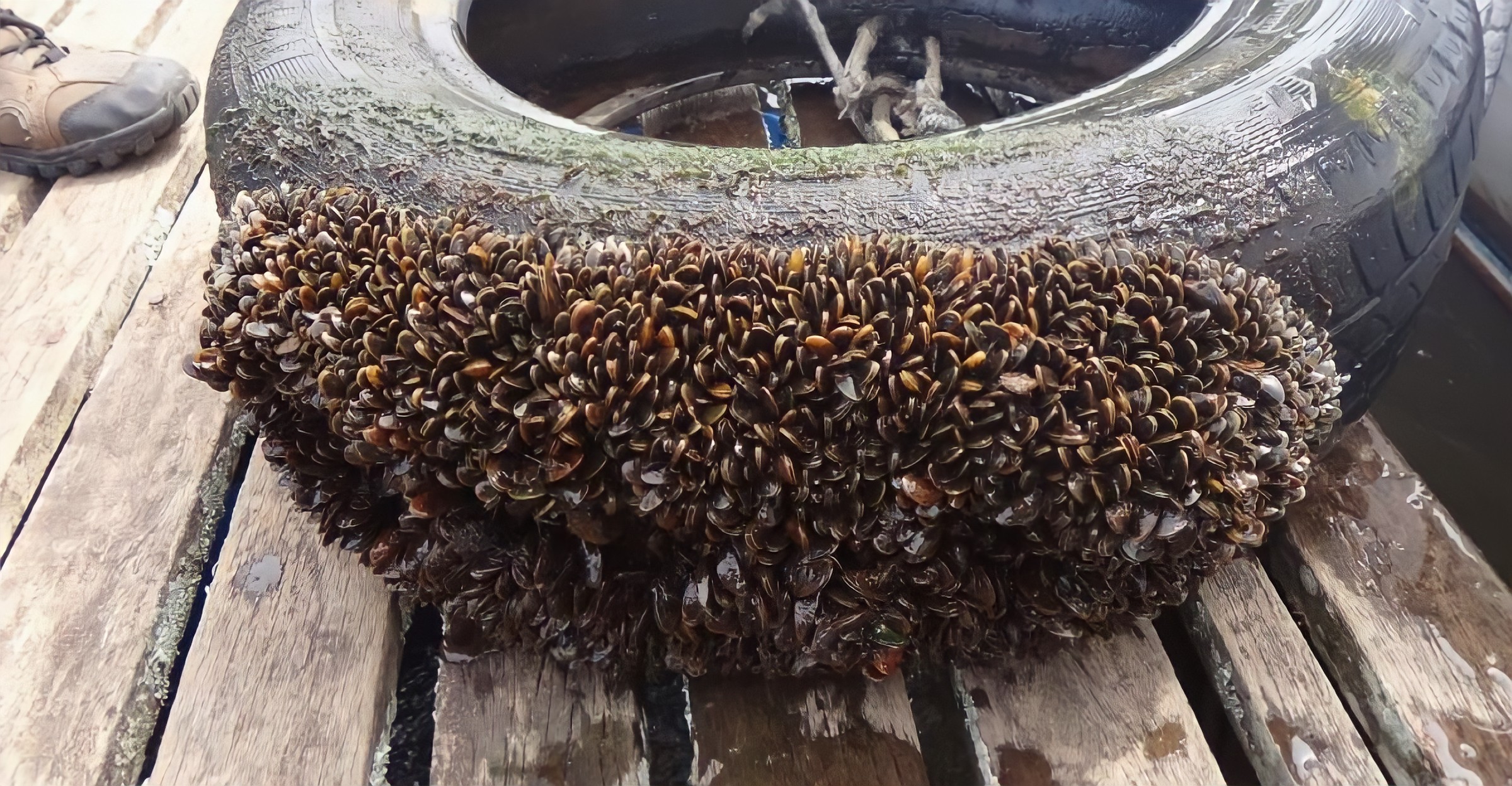
One reason golden mussels are so hard to control is their durability. They can survive outside water for several days if conditions are moist. They also tolerate wide ranges of temperature and salinity.
Traditional pesticides don’t work well, and removing them manually is both time-consuming and expensive. This resilience allows them to establish new colonies with ease—and resist most standard eradication efforts.
Toxic Algae: An Unexpected Side Effect
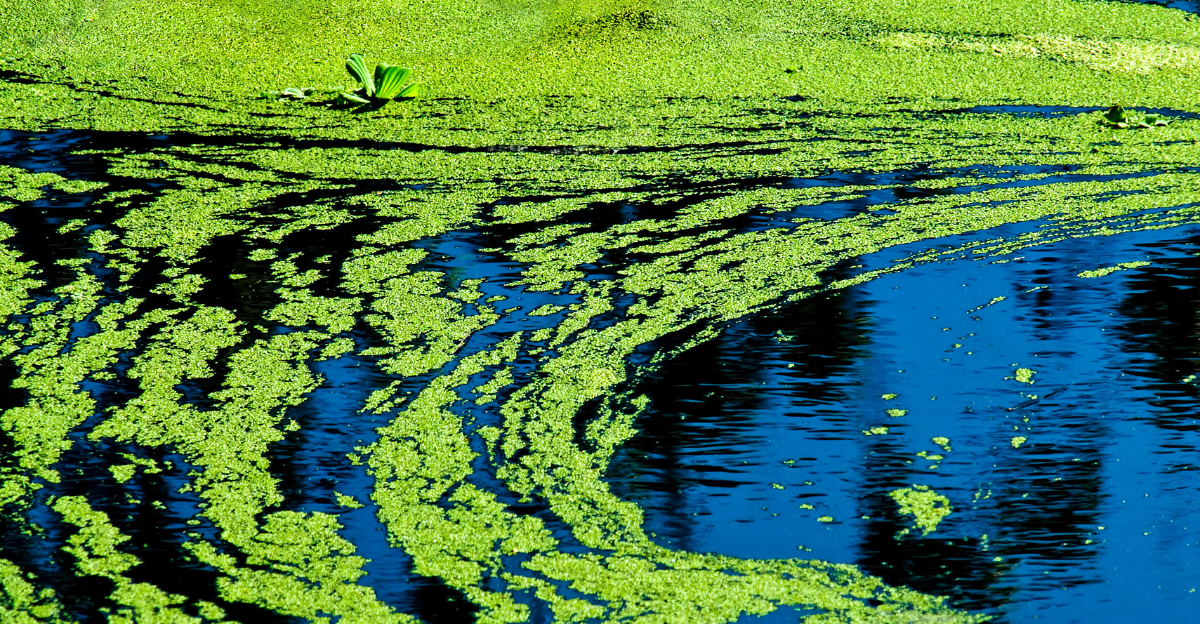
Golden mussel infestations can make water bodies more prone to harmful algal blooms. By removing plankton that normally compete with algae, they tip the balance—leading to sudden overgrowths of toxic blue-green algae.
These blooms threaten fish, pets, and even humans. They also force costly lake closures. The mussels’ indirect effects ripple far beyond just the places they physically occupy, affecting entire ecosystems.
Public Reporting Becomes Essential
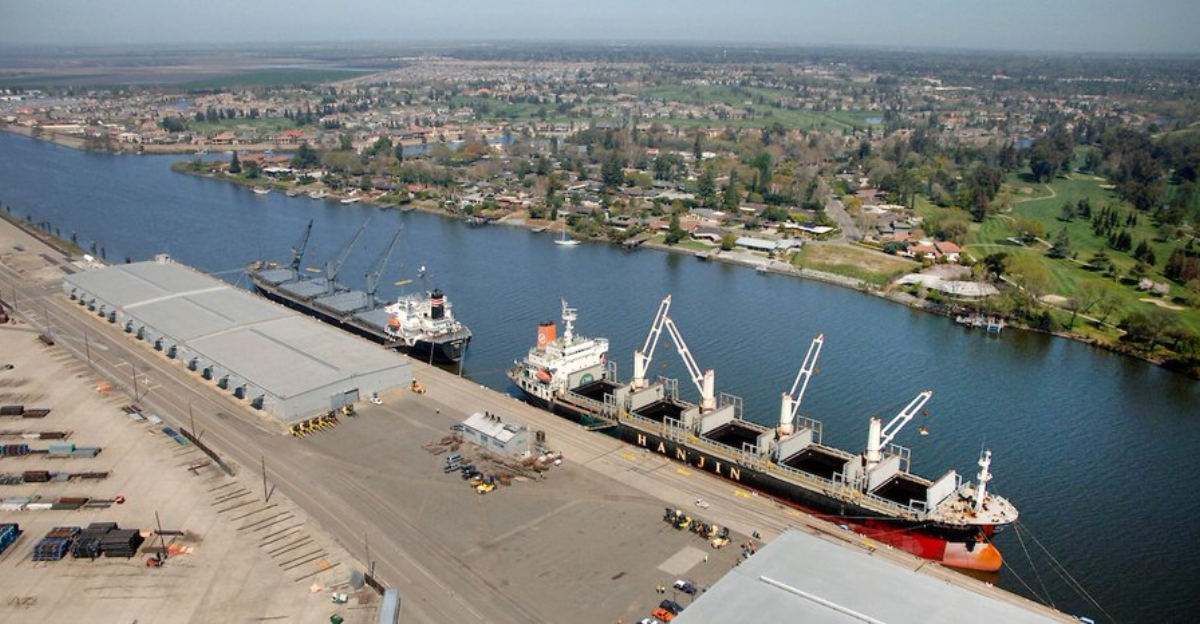
Authorities are urging the public to become frontline defenders. Anyone who spots golden mussels is asked to take a photo and report the sighting to [email protected] or call 866-440-9530.
Citizens can also help by following the “Clean, Drain, Dry” rule for boats and equipment. With limited resources, public eyes and ears could be the key to early detection and swift containment.
Agencies Unite Under Emergency Framework
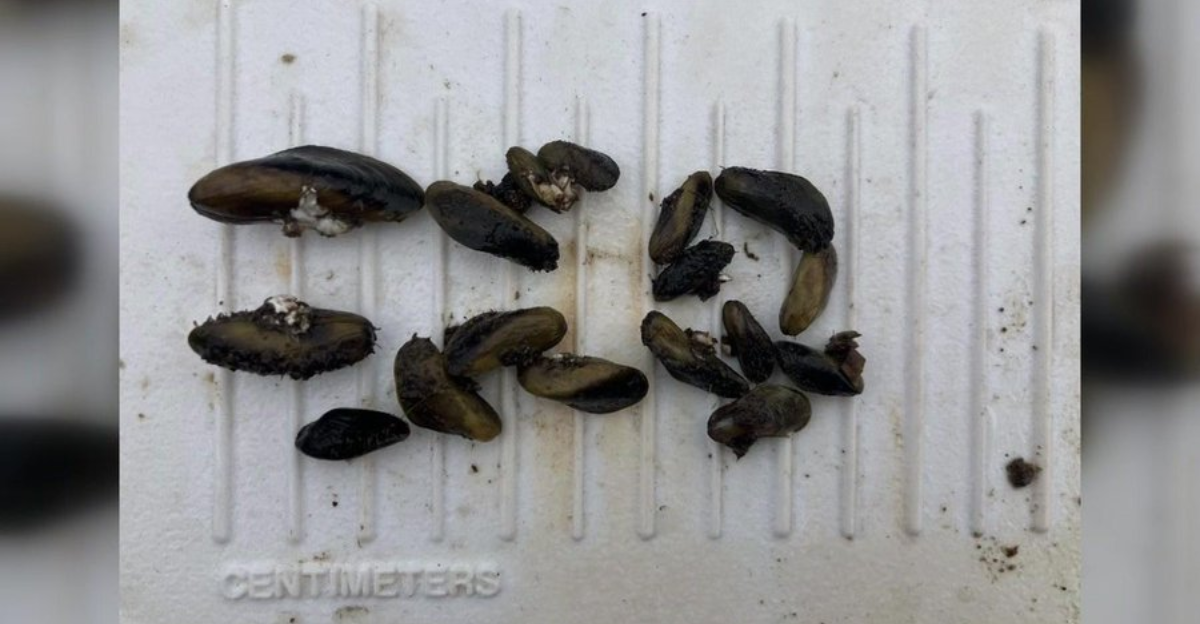
California officials introduced a multi-agency Golden Mussel Response Framework in April 2025. “This response framework recommends critical steps that must be taken across state, regional and local levels to limit the spread and mitigate the impacts,” said CDFW Director Charlton Bonham. It’s now the blueprint for containment.
Lessons From South America’s Struggles
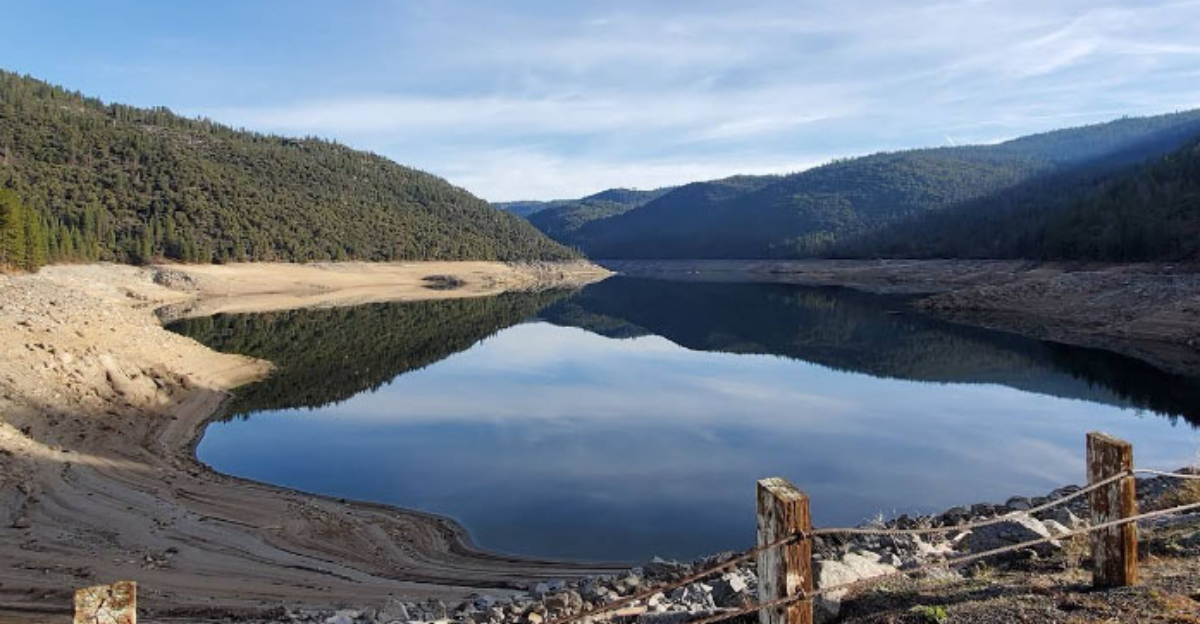
South American countries, where golden mussels first invaded in the 1990s, have already seen the long-term costs. Hydropower plants in Brazil and Argentina now spend millions each year to clear clogged pipes.
Entire river systems have experienced biodiversity collapse. California’s experts are watching those regions closely, trying to avoid the same fate—but many worry the state may already be repeating their mistakes.
The Role of Climate in Their Spread
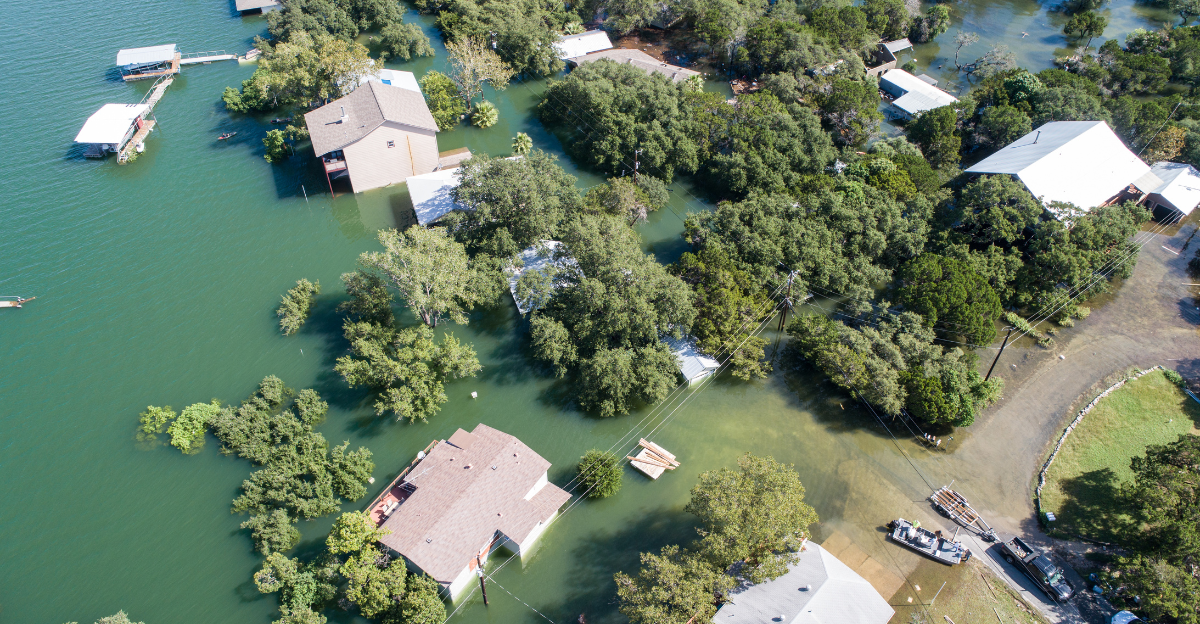
Warmer waters make it easier for golden mussels to thrive. As climate change pushes up temperatures in lakes and rivers across the West, conditions become more favorable for the invaders.
Droughts further stress native species while creating stagnant, low-flow waters where mussels flourish. Ironically, the very climate challenges California already faces may help this species expand—making management even more urgent.
Innovation in Prevention: What’s Next?

Scientists are exploring advanced filtration systems, anti-fouling coatings, and genetic control methods to fight the golden mussel. One promising avenue is a bacteria-based solution that selectively targets mussels without harming other species.
Another is real-time monitoring using underwater sensors. These experimental tools aren’t yet ready for wide use—but innovation will be crucial if California hopes to stay ahead of this rapid-moving invasion.
A Battle That’s Just Beginning
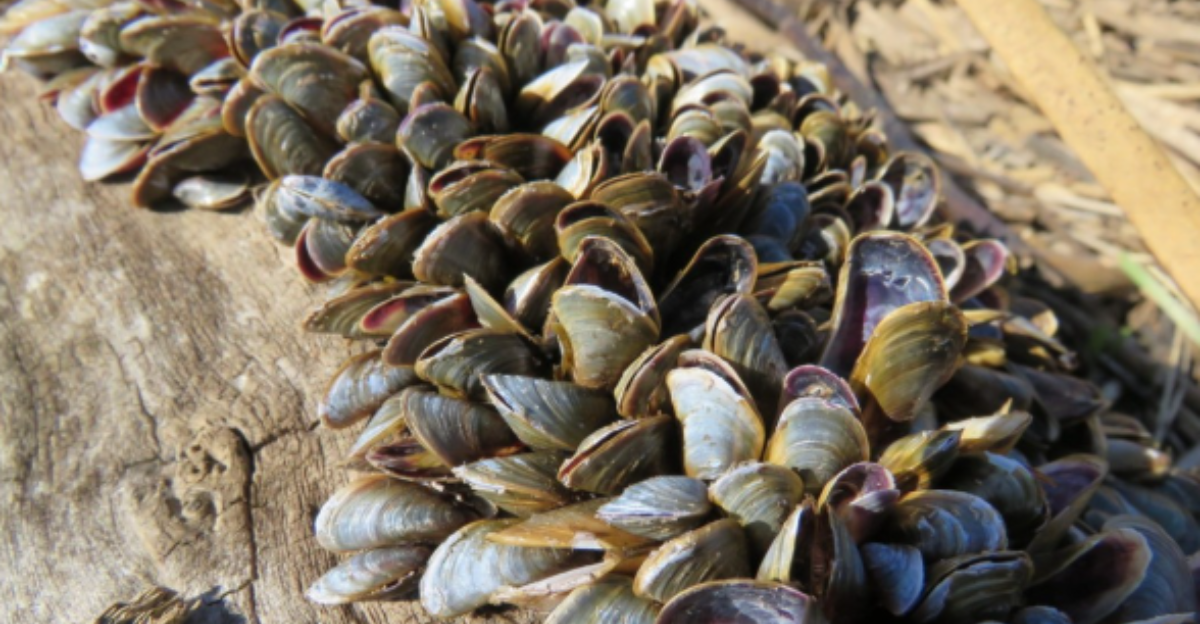
Golden mussels may be small, but the problems they create are massive. From choked pipes to collapsing ecosystems, their reach is wide—and growing. While California races to contain them, long-term success depends on vigilance, research, and public cooperation.
This invasion may not be reversible, but with coordinated effort, its worst effects can be minimized. The next few years will determine whether we sink—or swim.
Explore more of our trending stories and hit Follow to keep them coming to your feed!

Concerns Mount as Invasive Chinese creature that can climb 13ft walls Found In California
California Is Splitting Apart: A Fault Line Is Forming Faster Than Anyone Predicted
Invasive Tegu Lizards Threaten Florida’s Treasure Coast Wildlife
Eating Invasive Species in the US—A Solution to Ecological Chaos or a Risky Trend?
Sources:
The Cal-IPC Inventory
Officials warn of ‘urgent invasive species threat’ in Northern California
California’s Invaders: Golden Mussel
Don’t miss out on more stories like this! Hit the Follow button at the top of this article to stay updated with the latest news. Share your thoughts in the comments—we’d love to hear from you!







